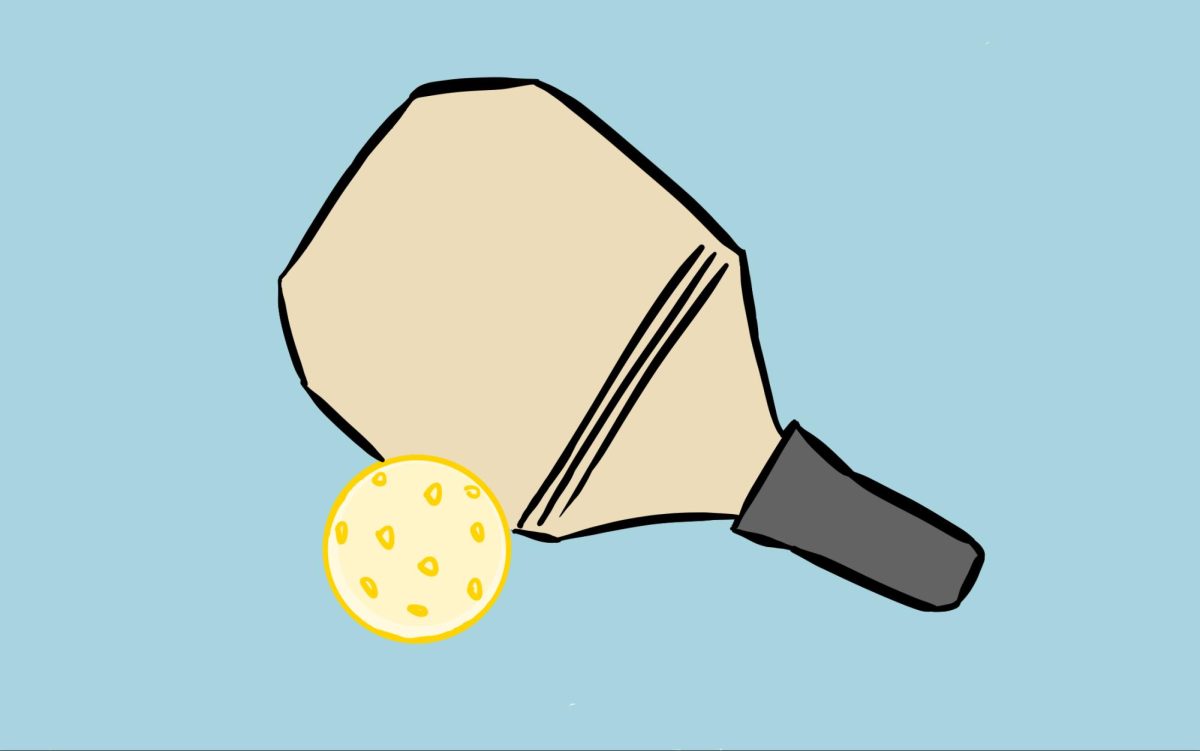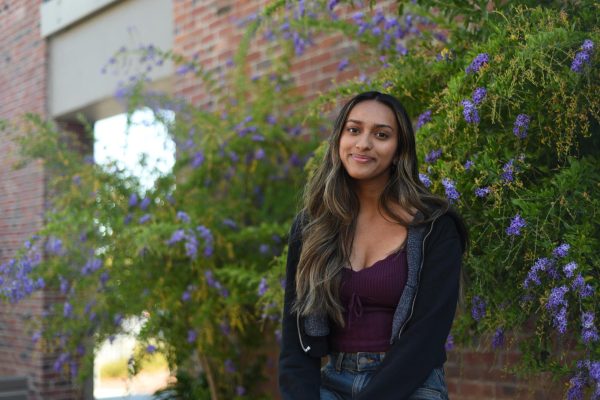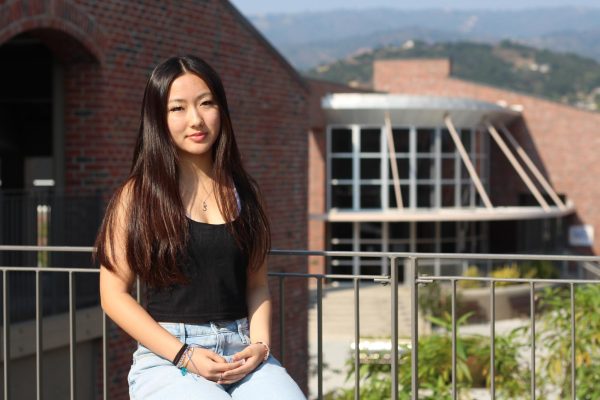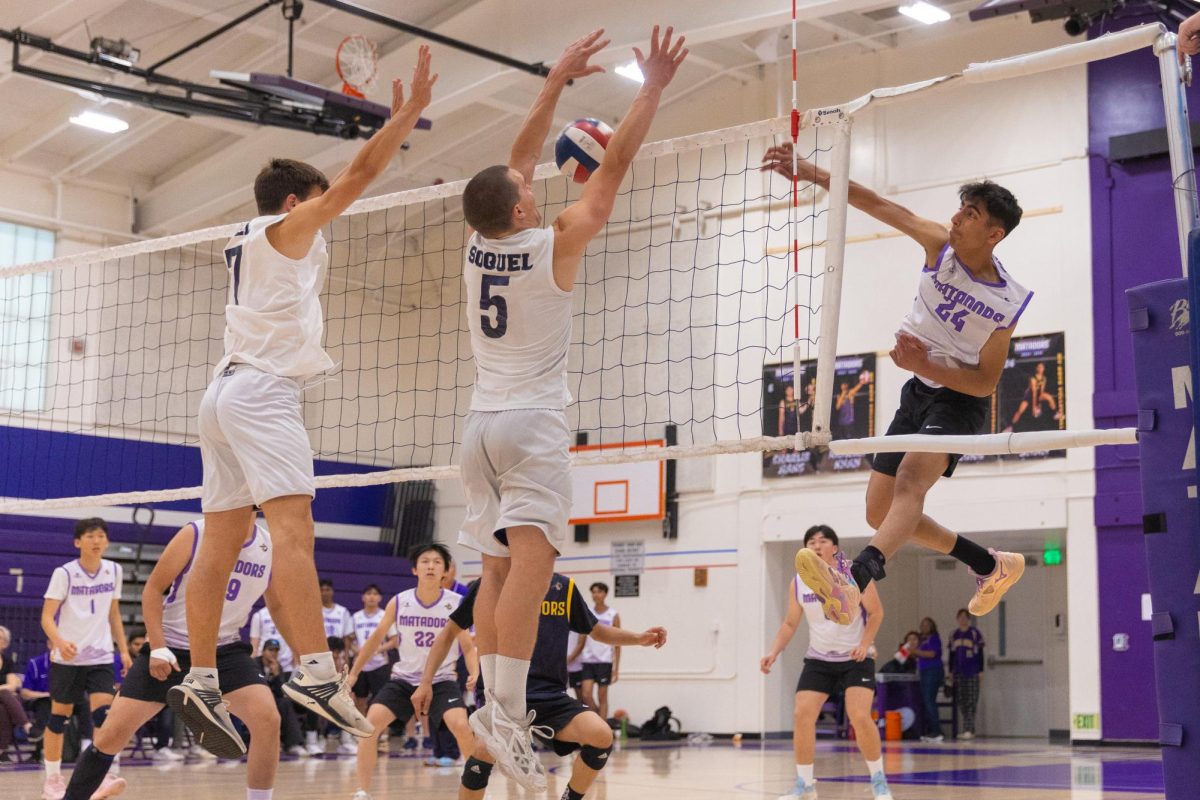PE teacher Dasha Plaza first heard about pickleball nearly 12 years ago when she began teaching at MVHS. Pickleball, a racquet sport that initially used ping pong paddles and plastic balls, was first created in 1965 as a game the entire family could play together. Although Plaza had prior experience with other racquet sports such as badminton and tennis, she had never played pickleball before. However, she found that many of the skills she acquired through badminton and tennis allowed her to learn how to play pickleball quickly, turning the sport into one of her hobbies.
“Pickleball and other racquet sports aren’t that different,” Plaza said. “When you’re playing a competitive match, pickleball is just as hard and intense as other sports. So yes, because the court is smaller you don’t have to cover as much space, but you still sprint and your agility and your coordination have to be just as strong as in any other racquet sport.”
Similarly, freshman Kate Baccash never heard about pickleball until she was introduced to the sport at MVHS during the PE unit. However, Baccash believes that even without prior experience in other sports, pickleball is relatively easy to pick up.
“Pickleball is easier to learn and you can just start playing it right away. You don’t have to learn the sport for years and years to be good at it,” Baccash said. “I think pickleball will get more people to exercise just because it’s so fun and easy. It’ll get people out playing sports more.”
Pickleball is typically played on a badminton-size court in either a doubles or singles format. Similar to tennis, each rally begins with a serve and then follows with a rally; however, pickleball players use a rectangular wooden paddle and a plastic wiffle ball. The winner of the rally earns one point, and each game is played to 11 points and requires a two-point margin of victory to win.
While pickleball and tennis courts have similar layouts, pickleball courts are significantly smaller than tennis courts, allowing approximately three pickleball courts to fit the size of one tennis court. Senior and Varsity Girls tennis captain Himani Jha believes that this size difference plays a large role in why people view pickleball as an easier sport to learn.
“Tennis is very hard because you have a big space to cover and you’re usually the only one on the court, but pickleball is a lot easier,” Jha said. “You don’t need to move around as much and the ball also moves slower in pickleball, so you don’t need as fast of a reaction time.”
PE teacher Brian Sullivan believes that the pickleball court size poses a lower risk of injury, making the sport more popular among senior populations. At the same time, he believes pickleball is inclusive for all ages, noting that the current national champion in pickleball, Anna Leigh Waters, is only 16 years old and holds the titles of No. 1 in the world for doubles, mixed doubles and singles in pickleball.
“Pickleball is an opportunity for all ages,” Sullivan said. “I live in a senior community and we have four pickleball courts and they’re always full, whereas tennis courts, usually only one or two courts are in use. So it’s a huge popularity for the senior group and the younger group is getting more into it.”
As a result of pickleball’s rising popularity, many sports centers in Cupertino have adapted and added more space for pickleball. While creating more pickleball courts means players no longer occupy as many tennis courts, for Plaza, who attends the Hub Pickleball Club, the commercialization of the sport has also taken away from the inclusivity that made the sport so appealing.
“The membership to the cheapest hub is about $120 a month. We spent $90 playing for two and a half hours with my husband,” Plaza said. “I understand they [pickleball clubs] have to pay rent, but is it accessible to all at that point? Or is it becoming an exclusive sport?”
As the prices for playing time increase, so do the prices of resources needed to play. Sullivan believes the sudden rise in the price of pickleball equipment is disappointing and contradicts the true origin of the sport and why it was created.
“I’m a little frustrated with the expense. It should be a low-income sport. The marketing has kind of pushed over the edge way too quickly,” Sullivan said. “And I would like to see it stay at more of a simpler opportunity for people, to not have to invest $200 in a paddle and not having to invest $20 to get three cheap little wiffle balls. So I’m a little disappointed on that end but I’m happy that more people are starting to get active and do more outdoor activities.”
However, Jha says that although she has never played before, she is interested in trying out pickleball. To this effect, Sullivan maintains that his goal is to help his students find the fun in trying out a new sport.
“I just have fun playing with the students, and to actually get some to be a little more active and excited about the opportunity to play – that’s all I really care about,” Sullivan said. “The game actually originated with a family just going out in the backyard and putting things together. So to keep it at its roots, I think it is important. All we’re trying to do is expose students to these opportunities.”















